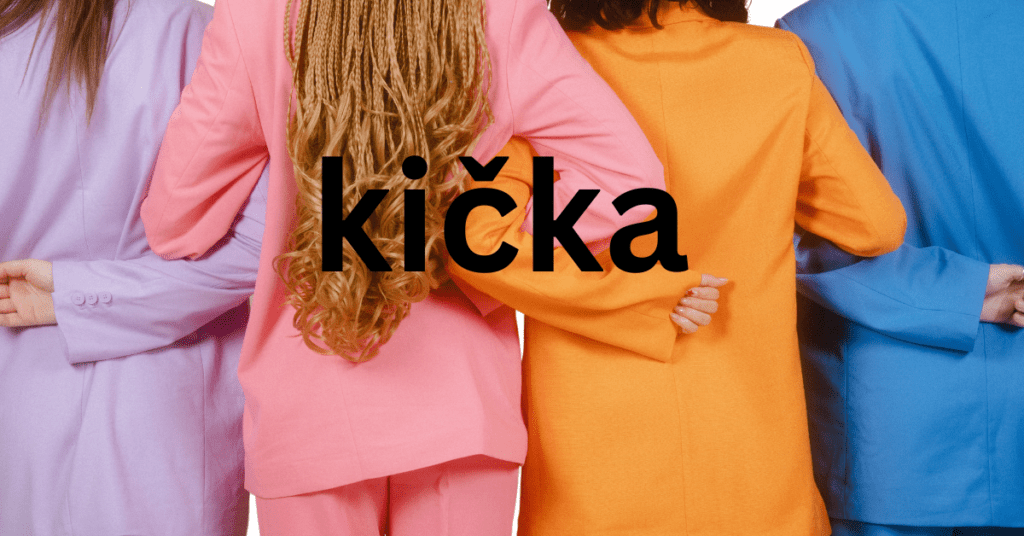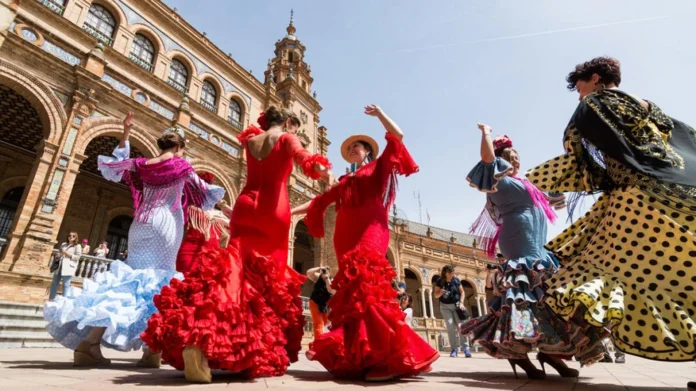The term Kička, though not universally recognized, holds significant cultural, historical, and linguistic importance in various regions, particularly in Eastern Europe. In different contexts, Kička can refer to a traditional headpiece, a linguistic term for a tuft of hair, or even a botanical reference.
Understanding Kička involves exploring its diverse meanings and applications. This article delves into the affluent tapestry of Kička’s importance, from its roots in Eastern European traditions to its modern-day relevance. By comprehending Kička in its multifaceted nature, we gain insight into its enduring cultural legacy and its place in contemporary society.
Historical Origins of Kička
Kička’s origins are deeply rooted in Eastern European traditions. The term is believed to have emerged from the cultural practices of Slavic communities. Historically, Kička referred to a traditional headpiece worn during significant ceremonies and festivals. These headpieces, often adorned with flowers, ribbons, and other decorative items, symbolized beauty, youth, and purity. Over time, the meaning of Kička expanded to include various cultural and linguistic elements. The historical journey of Kička reflects the evolving nature of traditions and how cultural artifacts can adapt and find new meanings across different contexts.
Cultural Significance of Kička in Eastern Europe
In Eastern European cultures, Kička is prominent in traditional ceremonies and festivals. Particularly in Slovak, Croatian, and other Slavic traditions, Kička is associated with a decorative headpiece worn by women. This headpiece, often elaborate and vibrant, plays a crucial role in weddings, festivals, and religious ceremonies.
For instance, brides wear Kička to signify their transition from maidenhood to married life, adorned with flowers and ribbons to symbolize purity and beauty. During cultural festivals, Kička is worn to celebrate heritage and identity, reflecting the deep cultural roots and the importance of preserving traditions.
Kička as a Traditional Headpiece
The traditional headpiece known as Kička is more than just an accessory; it is a symbol of cultural identity and continuity. In weddings, Kička is an integral part of the bridal attire, representing the bride’s purity and the ceremonial transition into married life. The headpiece is often richly decorated with flowers, ribbons, and other symbols of fertility and beauty. During festivals, Kička serves as a reminder of cultural heritage, worn proudly by women to celebrate their traditions. In religious ceremonies, Kička is used to signify reverence and sanctity, highlighting its multifaceted role in various important life events.
Linguistic Interpretations of Kička Across Slavic Languages
Linguistically, Kička has diverse meanings in different Slavic languages. Commonly, it refers to a tuft or small bunch, often describing hair or decorative items. For example, in some contexts, Kička denotes a small tuft of hair that stands out, often seen in children’s hairstyles or traditional grooming.
This linguistic interpretation extends to decorative tufts used in clothing or accessories, such as tassels or pom-poms. The term’s versatility in linguistic contexts showcases its adaptability and the rich cultural nuances embedded in everyday language, reflecting how traditional terms can permeate various aspects of life.

Botanical References: Exploring the Kička Plant
In botanical contexts, Kička refers to specific plants or flowers characterized by their tufted appearance. These plants often hold ecological and cultural significance. For instance, certain Kička plants are known for their unique floral structures, which make them stand out in local flora. Additionally, these plants are sometimes used in traditional medicine, highlighting their practical applications.
Exploring Kička in a botanical sense provides insights into how natural elements intertwine cultural practices. The study of Kička plants reveals their ecological roles and their contributions to traditional knowledge and natural remedies.
Modern Fashion Trends Inspired by Kička
Kička’s influence extends beyond traditional settings into modern fashion. Contemporary designers increasingly incorporate Kička-inspired elements into their creations, blending tradition with modern aesthetics. This trend is particularly evident in bridal wear, where headpieces inspired by traditional Kička designs are gaining popularity.
These modern interpretations often feature floral decorations and intricate designs that pay homage to cultural heritage while fitting into contemporary fashion trends. Additionally, Kička-inspired accessories, such as jewelry and hats, are becoming fashionable, showcasing how traditional elements can be reinvented and celebrated in new and innovative ways.
You Might Also Like: FintechZoom best Neobanks: Find Your Perfect Digital Bank in 2024
Reviving Tradition: The Role of Kička in Cultural Festivals
There is a growing trend to restore traditional cultural practices, and Kička plays a significant role in this cultural renaissance. Various cultural organizations and communities are working to preserve and promote the use of Kička in festivals and ceremonies. These efforts include organizing events where traditional attire, including Kička, is worn to celebrate and educate people about their heritage.
Such initiatives are crucial in ensuring that important cultural symbols like Kička are not lost to time. By actively participating in these cultural revivals, communities can maintain a strong connection to their history and pass down their traditions to future generations.
Ecological and Medicinal Properties of Kička Plants
The study of Kička plants extends into their ecological and medicinal properties. Certain plants referred to as Kička have been traditionally used for their medicinal benefits, including treatments for various ailments. These plants are often characterized by their unique chemical compositions, which have been utilized in natural remedies.
Understanding the ecological role of Kička plants also highlights their importance in local ecosystems, contributing to biodiversity and environmental balance. Research into these plants provides valuable insights into traditional medicine and natural healing practices, emphasizing the interconnectedness of cultural knowledge and ecological sustainability.
FAQs
What is the significance of Kička in weddings?
Kička is traditionally worn by brides in certain Slavic cultures as a symbol of purity, beauty, and the transition from maidenhood to married life. It is an important part of the bridal attire, often adorned with flowers and ribbons.
How is Kička used in modern fashion?
Modern fashion designers incorporate Kička-inspired elements into their designs, blending traditional motifs with contemporary styles. This includes bridal headpieces, decorative accessories, and clothing items.
Are there specific plants referred to as Kička?
Yes, in some botanical contexts, Kička refers to specific types of plants or flowers characterized by their tufted appearance. These plants are studied for their ecological and medicinal properties.
How can I incorporate Kička into my cultural practices?
You can incorporate Kička into cultural practices by participating in traditional festivals, wearing Kička-inspired accessories, and supporting cultural organizations that promote the preservation of traditional customs.
Where can I find Kička headpieces or accessories?
Kička headpieces and accessories can often be found at cultural shops, online marketplaces, and specialty boutiques focusing on traditional and folk items. Custom-made options are also available from artisans who specialize in traditional crafts.
Conclusion
Kička is a term that encompasses a rich tapestry of cultural, linguistic, and botanical significance. From traditional headpieces worn during significant life events to modern fashion and botanical studies, Kička resumes to play a vital role in various aspects of life. By understanding and appreciating the multifaceted nature of Kička, we can ensure that this important cultural symbol is preserved and celebrated for generations to come. Through this comprehensive guide, we hope to have provided you with valuable insights into the world of Kička. Whether you want to incorporate Kička into your practices or simply wish to learn more about this fascinating term, the information provided here is a solid foundation for further investigation.
For More Articles Click the: Ezinee.co.uk



